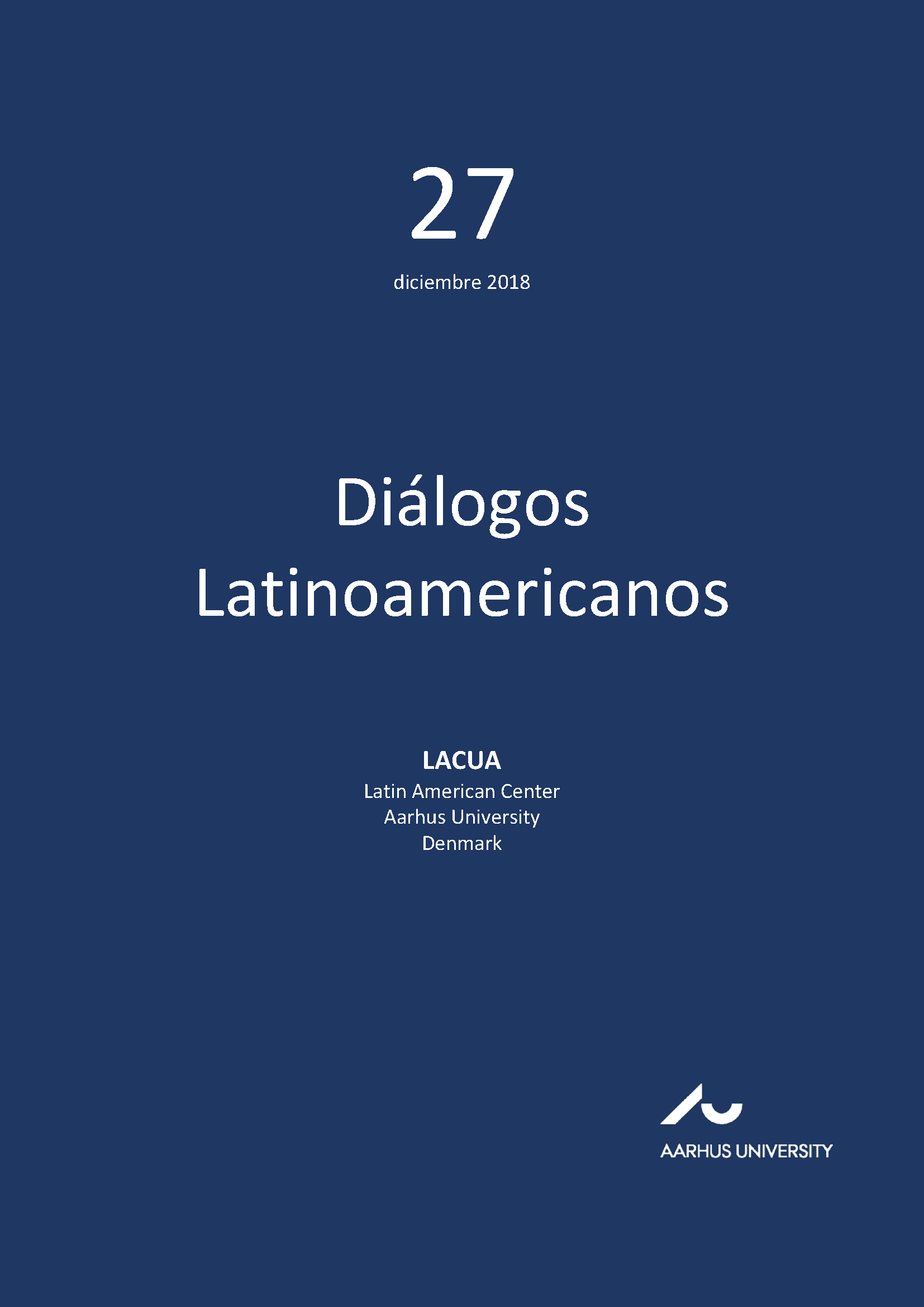La imagen, lo real y lo ficcional
fotografía y narrativa (reflexiones teóricas)
DOI:
https://doi.org/10.7146/dl.v19i27.111652Keywords:
theory, photography, narrative, sign, time, memoryAbstract
The aim of this article is to study the complex relation between photography and narrative fiction in relation to the use of the former in novels or short stories. As a first hypothesis, I claim that the photographic medium is completely different from other sign-forms or representational vehicles. It is so, due to the consequences of the basic photographic technique: it is, by force, a representation of the “real” and, contrary to most other representations, it “freezes” its object in time. Due to this, the photographic media is directly opposed to narrative fiction, which is, probably, a main reason for the relatively scarce use of photography in narrative literature. However, I suggest that exactly these oppositional features may add a tension to the verbal fiction text and create a metafictional level very attractive for contemporary narrative. These reflections are followed by a discussion of the use of photography in three twenieth-century authors.
References
Antonioni, Michaelangelo. 1966. Blow-up. (Película).
Barthes, Roland. 1981. Camera lucida: reflections on photography. New York: Hill and Wang.
Barthes, Roland. 1979. Image, music, text. Londres: Fontana/Collins.
Benjamin, Walter. 2011 [1972]. A brief history of photography. Oxford: Oxford University Press. Kindle Edition.
Benjamin, Walter. 2008 [1936]. The Work of Art in the Age of Mechanical Reproduction. Londres: Penguin Books.
Breton, André. 1999 [1928]. Nadja. Londres: Penguin Books.
Capa, Robert. 2008. Robert Capa. Madrid: Lunwerg/Photo Poche.
Cortázar, Julio. 1968. Ceremonias. Buenos Aires: Editorial Sudamericana.
Chandler, D. 2002. Semiotics. The Basics. Londres: Routledge.
Deely, John. 1982. Introducing semiotics. Indiana: Indiana University Press.
Furst, Lilian. 2011. “Realism, photography, and degrees of uncertainty.” En W.G. Sebald: history, memory, trauma, editado por Scott Denham y Mark Mc Culloh, 219-230. Berlín: Walter de Gruyter.
Gómez Trueba, Teresa. 2017. “La incorporación de fotografías en la novela española del Siglo XXI: más allá del libro ilustrado.” Pasavento 5 (1): 83-98.
Luelmo Jareño, José María. 2014. “El espesor de la apariencia: W. G. Sebald y la fotografía como material literario.” Discursos fotográficos 10 (17): 119-137.
Mitchell, W. J. T. 2009. Teoría de la imagen. Madrid: Ediciones Akal.
Morris, Wright. 1999 [1948]. The home place. Nebraska: Bison Books.
Peirce, Charles Sanders. 2014. “Collected Papers.” Consultado el 10 de diciembre de 2018, <https://colorysemiotica.files.wordpress.com/2014/08/peirce-collectedpapers.pdf>.
Peirce, Charles Sanders. 1955. “Logic as semiotics: the theory of signs.” En Philosophical writings of Peirce, editado por Justus Buchler, 98-119. New York: Dover.
Perkowska, Magdalena. 2013. Pliegues visuales: narrativa y fotografía en la novela latinoamericana contemporánea. Madrid: Iberoamericana Vervuert.
Polizotti, Mark. 1999. “Introduction.” En Nadja, de André Breton. Londres: Penguin Books.
Sebald, W. G. 2011. Austerlitz. Londres: Penguin.
Sebeok, Thomas. 2001. Signs: an introduction to semiotics. Toronto: University of Toronto Press.
Smith, Peter; Lefley, Carolyn. 2016. Rethinking photography. New York: Routledge.
Sontag, Susan. 1977. On Photography. New York: Farrar, Straus and Giroux.
Vicente, Pedro (ed.). 2012. Álbum de familia: (re)presentación, (re)creación e (in)materialidad de las fotografías familiares. Huesca: Diputación Provincial de Huesca, La Oficina.
Zambrano, María. 1992. Los sueños y el tiempo. Madrid: Siruela.
Downloads
Published
How to Cite
Issue
Section
License
Counting from volume 31 (2022), articles published in Diálogos Latinoamericanos are licensed under CC-BY 4.0. Read more about the license terms here https://creativecommons.org/licenses/by/4.0/.
No Creative Commons license applied on volumes 1-30. All rights reserved by the authors. Readers may download, read, and link to the articles, but they cannot republish the articles.
With the publication of volume 31 (2022), authors retain the full copyright to their articles and give Diálogos Latinoamericanos the right to the first publication. Authors also retain copyright to earlier versions of manuscripts, such as the submitted (pre-print) and the accepted manuscript (post-print).
Copyright to articles published in volumes 1-30 is held by the authors.





